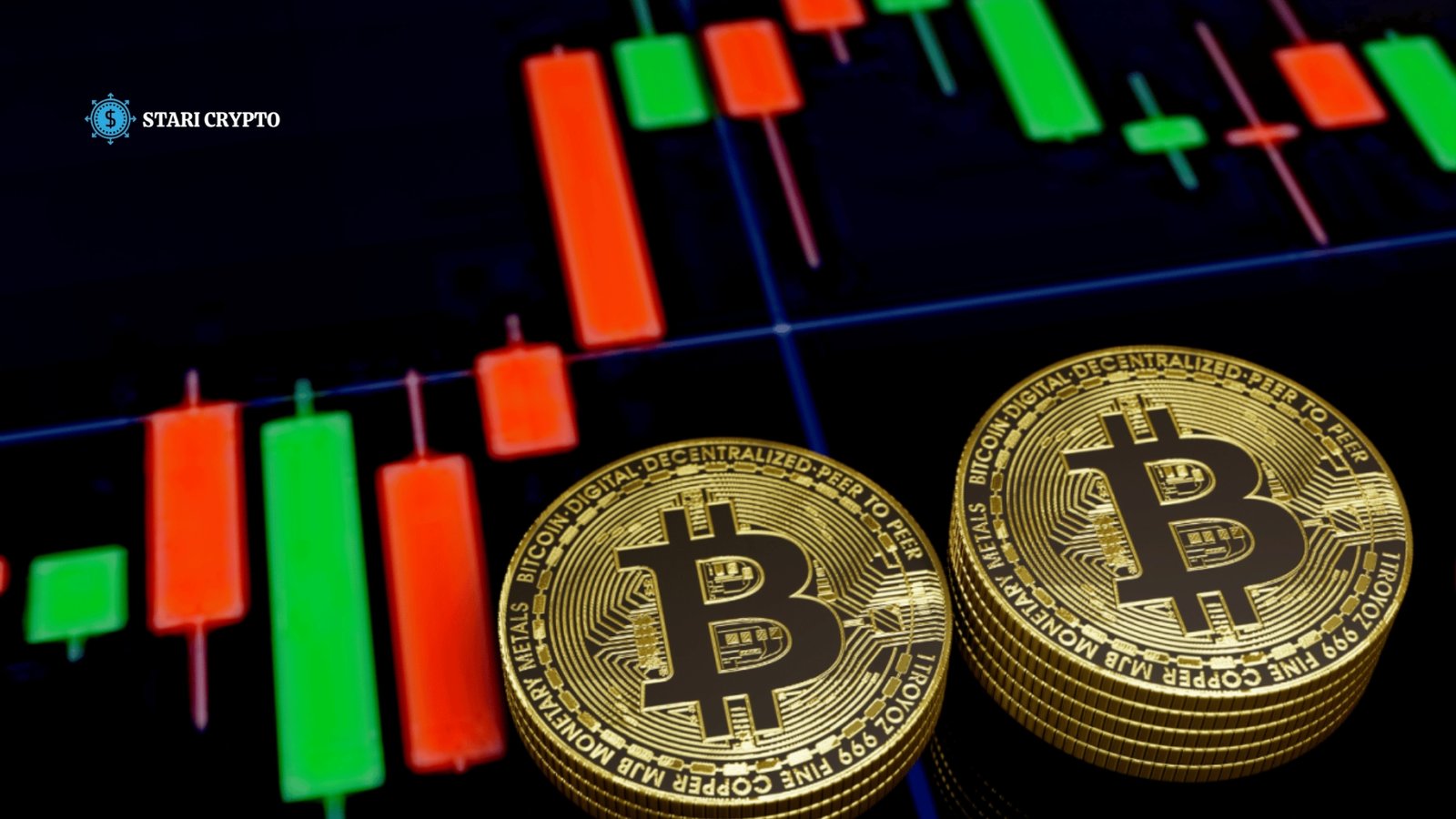Best Time to Invest in Bitcoin: The well-known volatility and price changes of Bitcoin make investing in this cryptocurrency an exciting but also terrifying prospect. Countless would-be Bitcoin investors wonder, “When is the best time to invest in Bitcoin?” as we progress into 2024. Investors might benefit from having a firm grasp of the intricacies of the cryptocurrency industry, as well as market cycles and general economic situations. If you’re looking for some advice on when to buy Bitcoin, this article delves into the variables that matter.
Bitcoin’s Market Cycles
Market cycles are the norm for Bitcoin, with accumulation, uptrends, distribution, and downtrends being the typical phases. If you want to know when to invest, you need to know these cycles:
- Accumulation Phase: This phase occurs after a significant price drop. Investors often buy Bitcoin at lower prices, anticipating a future rise. It’s marked by relative market stability as prices consolidate in a tight range.
- Uptrend Phase: Following the accumulation phase, Bitcoin often enters an uptrend, during which prices rise significantly. This is often driven by increasing demand, media coverage, and new investors entering the market.
- Distribution Phase: Early investors begin to take profits during this phase, leading to price stagnation or slight declines. This phase can often create uncertainty as market sentiment shifts.
- Downtrend Phase: Following the distribution phase, Bitcoin can enter a downtrend, where prices fall due to reduced demand and negative sentiment. This phase can present buying opportunities for long-term investors.
Investment Timing Considerations
Market circumstances, economic data, and past trends must be considered when deciding when to invest in Bitcoin. Market cycle knowledge, dollar-cost averaging for volatility mitigation, and monitoring regulatory news and technology developments are all crucial considerations. Openness to new information and flexibility can lead to better decision-making and investment results.

Market Trends and Sentiment
Possible price changes can be better understood by monitoring market sentiment and patterns. Reading news stories, forums, and social media can reveal a lot about how the public feels about a topic. When people are feeling good about something, demand and prices rise, but when people are feeling bad about something, sell-offs occur.
Technological Developments
In addition to being a medium of exchange, Bitcoin is a groundbreaking technology. Network upgrades that enhance its scalability and security can affect Bitcoin’s value. For example, the Lightning Network might make Bitcoin more attractive to consumers and investors by reducing costs and improving transaction speeds.
Global Economic Conditions
A number of macroeconomic factors have the potential to dramatically influence the price of Bitcoin. These include inflation rates, interest rates, and geopolitical events. During times of economic uncertainty, investors could flock to Bitcoin as a hedge against established financial systems, causing prices to rise.
Halving Events
In a “halving” every four years, the reward for creating new blocks in Bitcoin is reduced by half. In the past, when this happened, prices went up because fewer goods were available. Numerous investors see the next halving as a possible turning point in the market for Bitcoin in 2024, when prices may skyrocket.
Regulatory Developments
The value of Bitcoin is very susceptible to governmental rules. Positive regulatory news, such as large financial institutions accepting Bitcoin, can boost investor confidence. Conversely, price decreases might occur when terrible news about crackdowns or prohibitions is reported.
Seasonal Trends in Bitcoin Investment
Seasonal patterns in Bitcoin investment tend to mirror more significant market ebbs and flows and investor actions that transpire annually. There have been months in Bitcoin’s history when the price has shifted significantly. For example, investors typically see a price spike in the first quarter of the year after year-end tax strategies and fresh capital inflows after year-end tax strategies and fresh capital inflows. Conversely, while most traders vacation in the summer, trading volume tends to drop and volatility rises.

Also, Bitcoin usually has a good run in the winter and late fall, when people buy presents and adjust their portfolios for the new year. Although it is vital to integrate this knowledge with other market indications and personal risk assessments, investors can benefit from understanding these seasonal patterns by timing their entrances and exits more successfully. In the dynamic world of cryptocurrencies, keeping an eye on these patterns might help you make better financial decisions.
Strategies for Investing in Bitcoin
- Dollar-Cost Averaging: Dollar-cost averaging involves investing a fixed amount of money at regular intervals, regardless of Bitcoin’s price. This strategy can help mitigate the impact of volatility and reduce the risk of making a poor investment based on short-term price movements.
- Buy the Dip: Many investors adopt the buying strategy during price dips. This approach assumes that Bitcoin will eventually recover from temporary declines, providing an opportunity to acquire more Bitcoin at lower prices.
- Long-Term Holding: Long-term investors often choose to buy and hold Bitcoin, regardless of market fluctuations. This strategy can benefit those who believe in Bitcoin’s long-term potential and are less concerned with short-term price volatility.
- Stay Informed: Any investor must keep up with market news, technological advancements, and regulatory changes. By staying informed, investors can make timely decisions based on new information that may affect Bitcoin’s price.
More Read: Bitcoin’s Anticipated Retail Resurgence
In Summary
Ultimately, market cycles, global economic conditions, technical breakthroughs, and individual risk tolerance will determine the optimal moment to buy Bitcoin in 2024. Although there are optimum periods to invest in Bitcoin according to past trends and future events like the Bitcoin halving, one should approach the investment with a well-defined plan and a long-term view. Prospective investors should consider their financial objectives carefully, do their homework, and keep up with market movements before putting their money into the market. Bitcoin investing is complex but can be mastered with a well-planned strategy, such as dollar-cost averaging, purchasing on dips, or just holding for the long term.
FAQs
1. What is the best time of year to invest in Bitcoin?
Historically, many investors see January and the fourth quarter as strong periods for Bitcoin investment, but trends can vary each year. It’s essential to monitor market conditions regularly.
2. How does the Bitcoin halving affect prices?
The Bitcoin halving reduces the reward for mining new blocks, effectively decreasing supply. Historically, this event has led to significant price increases due to heightened demand and reduced availability.
3. Should I invest all at once or dollar-cost average?
Dollar-cost averaging is often recommended as it spreads out the investment over time, reducing the impact of volatility and lowering the risk of poor timing.
4. What factors should I consider before investing in Bitcoin?
Consider market sentiment, economic conditions, regulatory developments, and technological advancements. Staying informed about these factors can help you make informed investment decisions.
5. Is it too late to invest in Bitcoin?
While Bitcoin’s price has increased significantly, many believe in its long-term potential. Evaluating your financial goals and conducting thorough research can help you decide if investing is right.

















